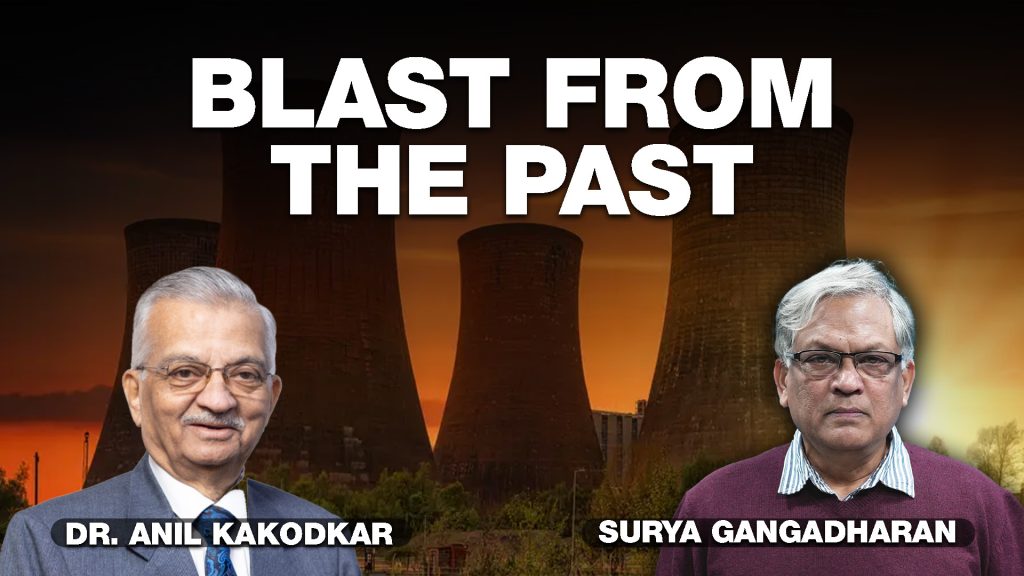“Peaceful applications of atomic energy with the help of nuclear explosions was a part of peaceful exploration at that time, even internationallyring pe. There were conferences, meetings being organized, different countries were presenting their activities, what they think about it.”
In other words, when India conducted a Peaceful Nuclear Explosion (PNE) under the Pokhran sands on May 18, 1974, it was doing so keeping in mind a wide range of potential applications.
“So far as atomic energy is concerned research was being pursued with the broadest possible approach,” confirmed Dr Anil Kakodkar, former chairman of the Atomic Energy Commission, speaking on The Gist to mark India’s first nuclear test half a century ago.
“Production of electricity, applications in health, agriculture, industry and of course national security. At that time in the International Atomic Energy Agency … peaceful applications of atomic energy was also a programme,” he pointed out.
“It’s very clear to me that India had a peaceful orientation all along and this is my guess … the political thinking at that time was let us steer the world towards nuclear disarmament.”
But world events dictated otherwise. The culmination may have been the 1971 war and the creation of Bangladesh when the US sailed the Enterprise aircraft carrier into the Bay of Bengal.
Dr Kakodkar believes the decision to test in 1974 was born of the experience that the political leadership underwent at that time.
He was then a young scientist focused on nuclear reactors and by the time he joined the team preparing for the test, much work had already been done. He recalled providing engineering inputs, helping organize the experiment, all that to be done with the “utmost secrecy”.
Given that, the team had to be small, everybody was on a “need to know” basis.
“There were a lot of interactive discussions, lot of exchange of ideas within the close-knit group. A lot of challenges but a lot of comradery and teamwork to address those challenges.”
“Everybody was clear that this (nuclear test) will affect our own (atomic energy) programme because we had a programme for much larger electricity generation and other applications. It involved very advanced and very complex technology and we had barely embarked on that programme.”
“It was very clear that no collaborations would come through once we conducted the PNE experiment. But there was also the determination that anyway self-reliance was the motto of the atomic energy programme. It was known that there would be a big challenge to that effort. It was a kind of well calculated effort.”
Dr Kakodkar emphasised that the test did not mean India was “weaponising” (developing nuclear weapons).
The objective of the political establishment was to send a message.
But there was blowback from the US, which stopped supplying fuel for the Tarapur Atomic Power Station (TAPS), saying we had broken their laws. India was able to develop a mixed oxide fuel to keep TAPS running and then a via media was found with the French taking up the “residual responsibility of the Americans”, and supplying uranium.
Today, mixed oxide fuel apart, India has developed carbide fuel for the Fast Breeder Test Reactor, then the Madras Atomic Power Station is indigenous with equipment sourced from within the country. Then followed reactors designed to withdstand earthquakes, like the ones in Narora in UP.
India tested again in 1998, the Shakti series of of five tests enabled scientists to bank large volumes of data that went into the development of the nuclear arsenal. As for the question whether India should test again, Dr Kakodkar argues that “You have to factor a lot of geopolitical issues into the equation. So that is a different story.”





